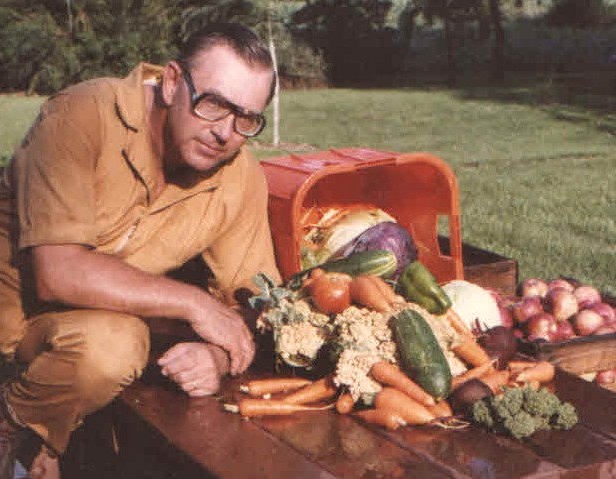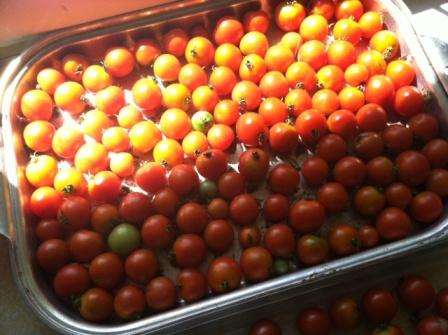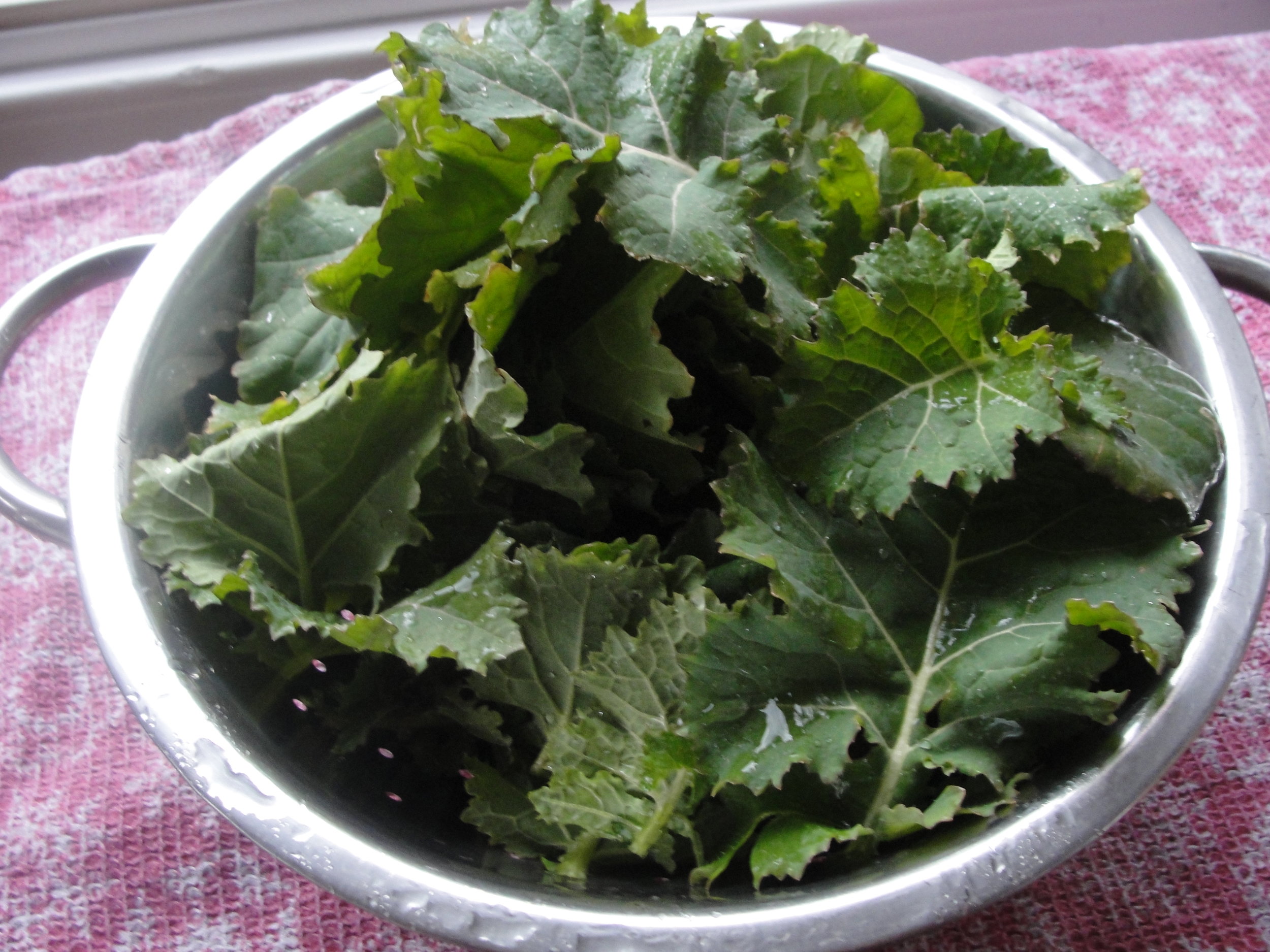Gardening is making a comeback.
In my parents' generation--and generations before them--gardening was an essential part of surviving the Great Depression and wartime. During World War I and World War II, "victory gardens" or "war gardens" were necessary in order to support the war efforts. Citizens were encouraged to plant gardens in backyards, empty lots, city rooftops, and even public parks.
Then, with post war modernization and development of processed food, fast food restaurants started popping up. Eventually, by the time I was raising children in the 90s, food with toys in sacks and indoor playgrounds gobbled up mealtimes.
Vegetable gardens took a back seat.
Unfortunately, with the invention of processed food, nutritional deficiencies skyrocketed to the point that today's children are not expected to outlive their parents.
Perhaps it's time for gardening to make a comeback!
The following information I learned from my late father who passed away this past November at age 93. He was a master gardener up until a few days before he entered assisted living. And even then, he helped me sow my seeds last March. He would be thrilled if someone started gardening as a result of reading this post!
My dad's bountiful harvest in the late 70s.
His final harvest just days before entering assisted living in 2016.
For those in the northern states who want to grow a garden, later this month (March) will be a good time to sow seeds indoors.
I move two empty bookcases—end to end--in front of a southern exposed window. (I cover the top shelf with plastic in order to protect the wood.) As a final step, I place two extension lamps on each end. This makes the perfect “greenhouse” for the next 4-6 weeks.
my makeshift greenhouse
(If you don’t have southern exposed windows, grow lights that are made for this purpose will work too. When my parents lived on a farm, Dad started his seeds in a small greenhouse that he had built out of old windows.)
The following items may be purchased at any farm and garden store: seeds, seed starter pots, and starting mix soil.
He claimed that seeds purchased from catalogues were far superior in quality—and with deals like $.99 package--they are cheaper too.
However, store-bought seeds are still only $1.69-$1.99 package . . . and 2-3 packs of tomato seeds will produce enough plants to eat lots of fresh tomatoes and preserve many jars of them for the winter months.
Vegetables are full of chemicals that are made for our body's optimal health. For instance, tomatoes are full of lycopene; a chemical that is good for one’s heart, lowering blood pressure, and reducing DNA and skin damage. And when tomatoes are cooked, lycopene is more absorbable.
Fill the pots 2/3 full of starting mix. Place 2-3 seeds about ¼” below the surface. Then gently moisten each pot with a couple of squirts of water from a spray bottle. It is important to keep the soil moistened once a day, but do not allow the soil to become soggy.
I turn on the two extension lights at night to keep the soil relatively warm. Within a few days little sprouts will begin to appear.
Look very carefully and you will see two newborn seedlings!
When they get to be about 2” tall, take tweezers and gently separate them into single plants. If the soil is moistened, their entwined roots will separate more easily.
In April, start setting the seedlings outdoors during the day to “harden” them. This is also a good month to prepare the outdoor soil by tilling the dirt. My dad taught me to make sure the soil is about the same texture as pea gravel. If you have never had your soil tested, now is a good time to see what minerals are lacking.
Every county in the US has an extension agent who will test soil. They also have a variety of other free, agriculture-related services, thanks to our tax dollars at work. (He was also one of those county extension agents many years ago.)
In early May, or as soon as the last frost is over--in Northern Indiana that's usually around May 14th--plant the seedlings into your prepared soil. If you used the seed starter pots, you may plant the pot and all into the soil. The pot will decompose as the plant grows.
Dig a hole with a hand trowel that is deep enough to place the pot and seedling into the hole. Gently cover the plant with soil; allowing only the top of it to see the sunshine. Long, spindly plants won't produce much of anything. For spacing, each vegetable has its own recommended requirement on the back of the seed package. You may also sow some seeds directly into the warm, prepared soil if you live in warmer climates. And even in colder climates, many seeds do fine sown directly into the soil in May.
After everything is planted, soak the plants with water; followed by a dose of organic fertilizer such as Espoma Garden Tone that may be purchased from WalMart. (Follow the directions on the package.) Soon, the little seedlings will start blossoming into "toddler" plants.
Kale is a cruciferous vegetable. The cruciferous vegetables have enzymes and nutrients that prevent plaque build up in the vessels, detoxify wastes in the body, boost the immune system, and cause the death of cancer cells. Both cooked and raw cruciferous vegetables should be eaten at mealtimes in order to enhance their miraculous health benefits. [To keep bugs off the leaves, I dilute mint-flavored mouthwash with water (1:1) and spray on the leaves between rain showers.]
This was my last batch of kale this past gardening season. I picked it on January 11th. As long as temps don't dip below 20 degrees, kale will continue to grow--even under snow.
Notice the jars of tomatoes on the bottom shelf. I cook with these nutrient-rich tomatoes all winter long.
This post is lovingly dedicated to my dad
Robert F. Taylor
1924 - 2017
photo credit: Yaro Photography
Emily Boller, artist, mother, and author of Starved to Obesity, lost 100 pounds more than fifteen years ago by eating an abundance of high-nutrient, plant-rich foods. Today, she’s certified in whole plant nutrition from the Nutritarian Education Institute. She’s on a mission to combine practical, no-nonsense and cost-effective tips—with easy to understand science—in order to help anyone escape the addictive grip of the Standard American Diet. And now, she’s on a mission to bring awareness to the suffocating and potentially deadly trap of eating disorders as well.



















